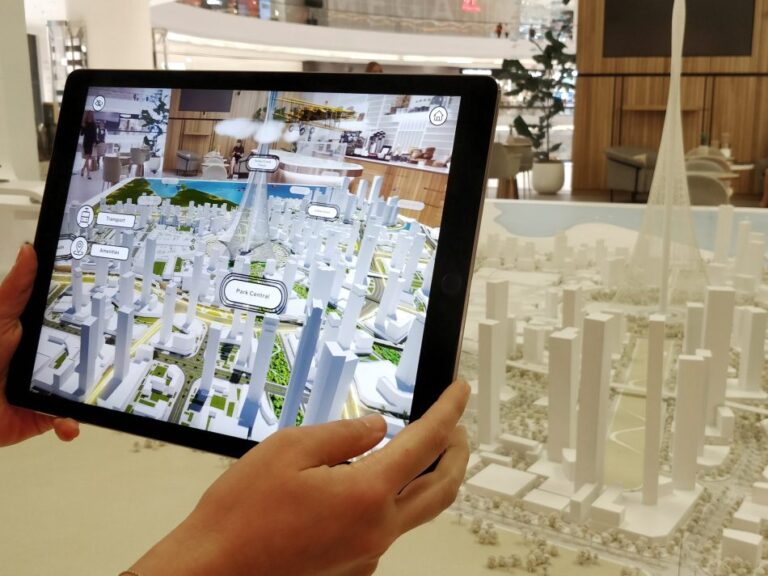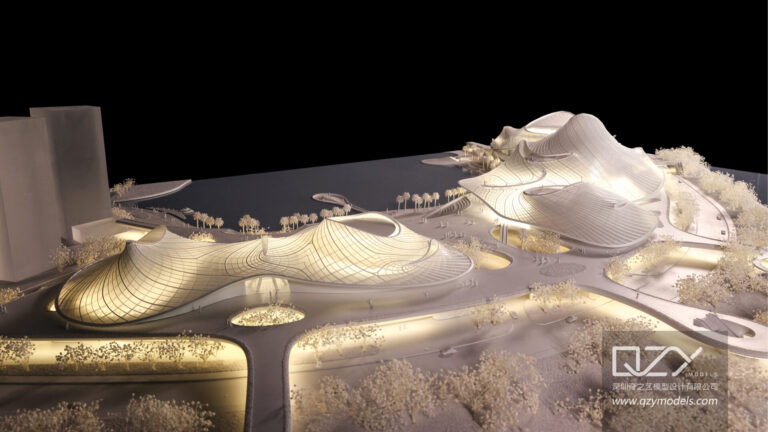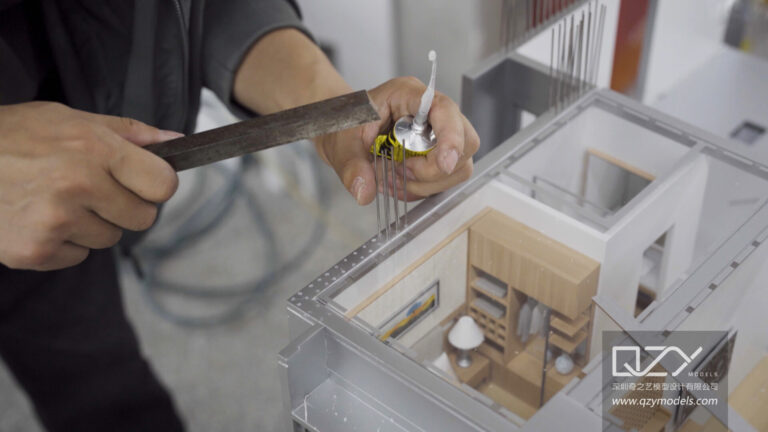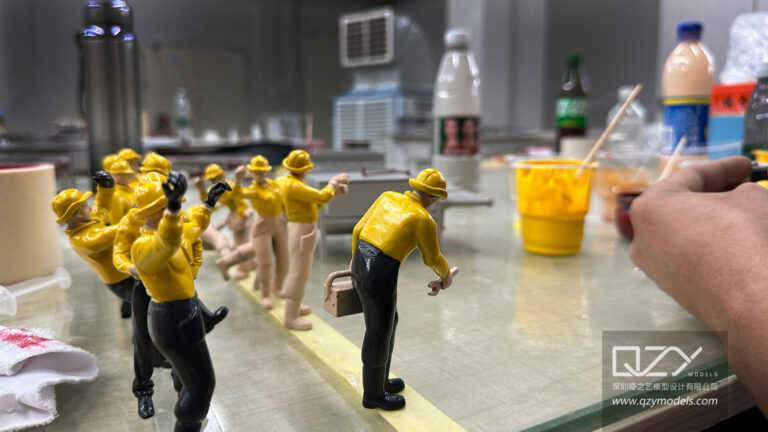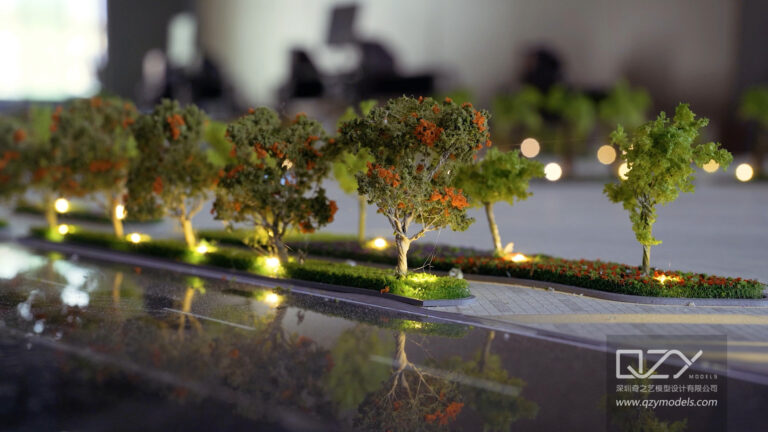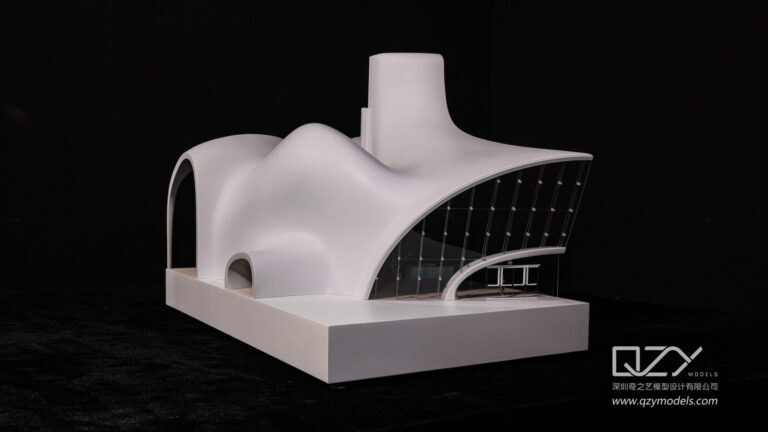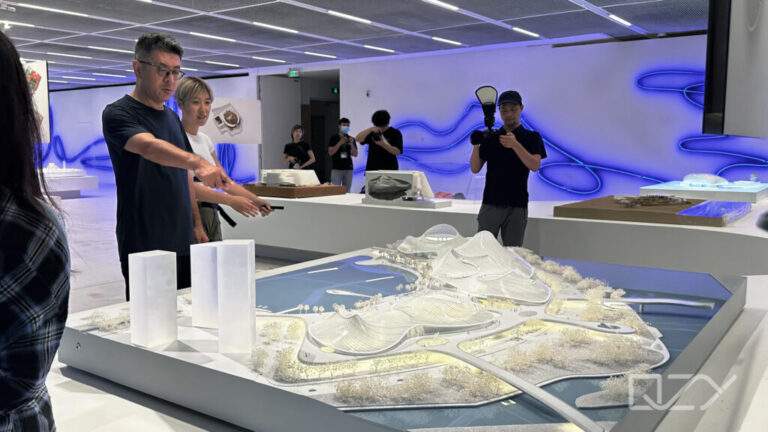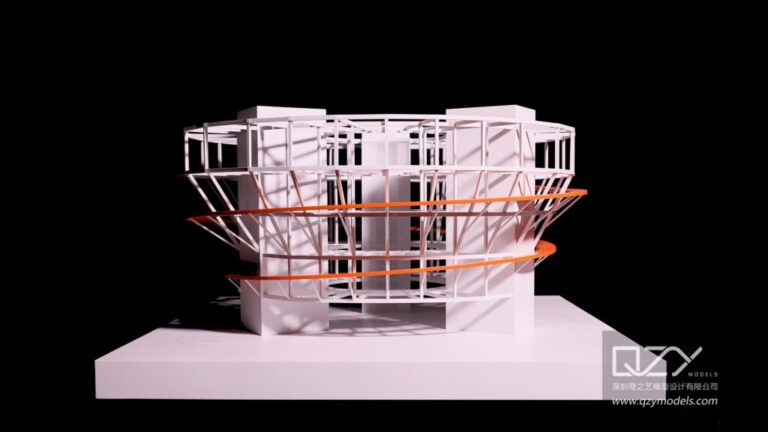In the ever-evolving landscape of commerce, where digital presentations and virtual interactions have become commonplace, there remains an enduring power in the tangible—the ability to touch, feel, and experience a product in a physical form. This article embarks on a journey through the intersection of craftsmanship and commerce, unveiling the nuanced world of creating physical models for sales presentations. Beyond mere representations, these models encapsulate a symphony of creativity, precision, and visual appeal, serving as potent tools that transcend the limitations of virtual communication.
As businesses strive to make lasting impressions and forge connections in an increasingly digital era, the role of physical models in sales presentations has gained newfound significance. This journey delves into the artistry of crafting these models, exploring how they authentically represent products and become immersive experiences that captivate potential clients.

I. Model Craft: Engineering Sales Success
- Scale and Detail Accuracy:
Discover the meticulous artistry required to shrink products while maintaining a high level of precision in representing their details, ensuring accuracy in the miniature representation. Each product must be faithfully recreated, from the smallest components to the overall structure to establish a genuine connection with the client.
- Showcase of Functionality:
Sales models excel in showcasing product functionality. Explore how artisans replicate moving parts, interactive features, and overall product functionality with precision, adding authenticity to the miniature representation. This attention to detail allows clients to interact with the model, gaining a hands-on understanding of the product’s capabilities.
- Branding and Customization:
Beyond individual products, models must encapsulate brand identity and customization options. Dive into how model craft incorporates elements such as logos, color schemes, and customizable features, ensuring a holistic representation aligned with the client’s branding. This not only reinforces brand recognition but also demonstrates a personalized approach to the client’s needs.
- Technological Integration:
Modern sales models often feature advanced technology. Uncover how model craft integrates miniature technological elements like interactive screens, lighting effects, and moving parts to capture the technological advancements inherent in contemporary products. This integration brings the model to life, providing a dynamic and engaging experience for potential clients.

II. Exploring Diversity in Sales Models
Sales models come in diverse forms, serving various industries and purposes. Explore the spectrum of sales models, from consumer products to industrial machinery, showcasing how model craft captures the unique features and functionality of each type.
- Consumer Products:
Discover how model craft replicates the intricacies of consumer products, from electronics to household items, allowing
clients to interact with the product’s design, features, and functionality tangibly. This tactile experience fosters a deeper understanding of the product’s value and utility.
- Industrial Machinery:
Adaptations in model craft showcase the detailing of complex machinery, capturing the functionality and scale of industrial products. Delve into how artisans create miniature replicas that convey the robust nature and intricate workings of industrial machinery, aiding in the visualization of large-scale solutions.
- Architectural Concepts:
Sales models extend to architectural presentations. Learn how model craft contributes to the real estate and architectural industries, providing clients with a tangible preview of proposed projects, from buildings to urban planning concepts. The models become essential tools in conveying the vision of architects and urban planners, allowing clients to grasp the spatial arrangements and design aesthetics.
III. Techniques in Model Craft for Sales
Crafting precise models for sales involves a range of techniques to effectively communicate product features and benefits. Explore sculpting and molding, painting and finishing, and technological integration techniques employed in creating these intricate miniature replicas.
- Sculpting and Molding:
Model craft relies on sculpting and molding techniques to replicate the form and details of products. Learn how artisans use precise sculpting tools to shape each product, ensuring accuracy in the representation of design and structure. The sculpting process is a delicate art, requiring a keen eye for proportions and form.
- Painting and Finishing:
Artistry extends to painting and finishing, where artists meticulously add colors, textures, and branding elements to mimic the nuanced features of real products. Discover how finishing touches enhance the realism of sales models, bringing depth and authenticity to the miniature representations. The choice of colors and textures contributes to the overall visual appeal, ensuring a faithful representation of the actual product.
- Technological Integration:
To represent the technological features of products, artists incorporate miniature electronic components, LED lights, and interactive elements. This section details how model craft integrates technology to enhance the realism of sales models, simulating product functionalities and providing a dynamic visual experience. Technological integration is a key aspect that bridges the gap between the physical model and the real-world product.

IV. Commercial Applications: Elevating Sales Pitches
Beyond craftsmanship, sales models find practical applications in commercial settings, particularly in product pitches, presentations, and business proposals. Explore how precisely crafted sales models contribute to various commercial contexts, enhancing the effectiveness of sales strategies.
- Product Pitches:
Sales teams leverage models to enhance product pitches, visually communicating product features, benefits, and unique selling points to make presentations more engaging and compelling. The physical presence of the model enhances the storytelling aspect of the pitch, allowing clients to connect with the product on a visual and emotional level.
- Business Proposals:
Entrepreneurs and business professionals utilize sales models in business proposals, conveying project ideas, illustrating product concepts, and showcasing the potential of business ventures in a visually compelling manner. The inclusion of a meticulously crafted model adds a tangible and persuasive dimension to the proposal, instilling confidence in potential investors and collaborators.
- Trade Shows and Exhibitions:
Precision sales models become focal points in trade shows and exhibitions, attracting attention, communicating product details effectively, and contributing to the overall success of marketing efforts in a crowded exhibition environment. The visual appeal of these models creates a lasting impression on attendees, driving interest and engagement.
V. The Artisan’s Touch: The Human Element in Model Craft
Behind every precision model lies the touch of skilled artisans who bring concepts to life. Explore the role of craftsmanship and the human element in model creation, showcasing how the passion and expertise of artisans contribute to the success of sales models.
- The Art of Craftsmanship:
Delve into the meticulous process of crafting each model, emphasizing the hands-on approach that artisans take to ensure accuracy and attention to detail. The art of craftsmanship adds a unique and personal touch to each model, setting it apart as a work of art.
- Collaboration and Client Input:
Artisans collaborate closely with clients, incorporating their input and feedback into the model creation process. This collaboration ensures that the final product not only meets the technical specifications but also aligns with the client’s vision and objectives.
- Continuous Improvement and Innovation:
Model craft is a dynamic field that embraces continuous improvement and innovation. Explore how artisans stay abreast of technological advancements, materials, and techniques, ensuring that each model reflects the cutting edge of the craft.
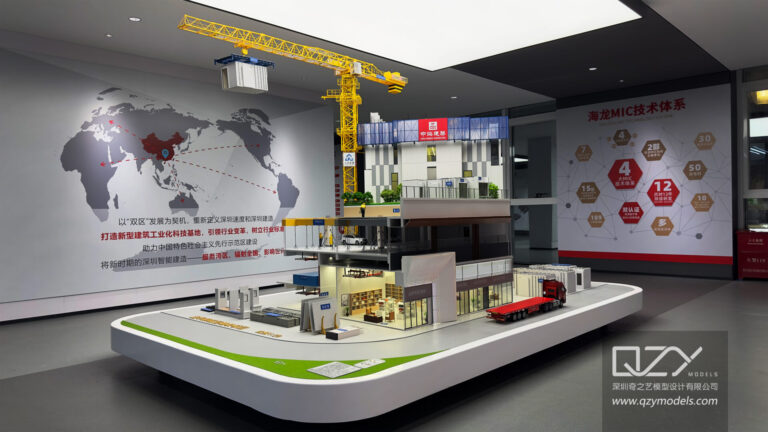
In the craft of sales models, visual appeal, creativity, and accuracy converge to create tangible tools that elevate sales presentations. Whether showcasing consumer products, industrial machinery, or architectural concepts, these precisely crafted models stand as testaments to the ingenuity of the artisans who bring products to life in miniature form. As the craft continues to evolve, sales models serve as captivating tools that provide clients with a tangible and immersive experience, ultimately contributing to the success of sales pitches and business endeavors. The human touch of craftsmanship adds a unique dimension, turning each model into a work of art that transcends the boundaries of traditional sales tools.
Discovering the World Through Miniatures – About Us
QZY Models, founded in 2013 in Shenzhen, China, is a leading professional team specializing in designing and producing customized physical models. Rooted in the architecture industry, QZY Models caters to diverse model production needs, ranging from furniture, interior design, and architectural landscape, to urban planning. Moreover, we continuously explore various fields, including dynamic mechanical models, industrial equipment displays, scientific and technological principle displays, and exhibition displays, to create a diverse model service ecosystem.
Since commencing our independent business in 2013 and establishing our base in Shenzhen, ensuring quality has always remained our top priority. We have forged strong collaborations with renowned companies in over ten countries, such as the United Kingdom, the United States, Canada, and Singapore. Our completed projects span across China, the United Arab Emirates, Saudi Arabia, Egypt, Poland, Morocco, Ethiopia, and other countries. Presently, QZY Models has established branches or offices in Egypt, Morocco, Saudi Arabia, Lebanon, Italy, the Netherlands, and other locations, firmly committed to serving global customers.
For more information, please visit our official website: www.qzymodels.com


